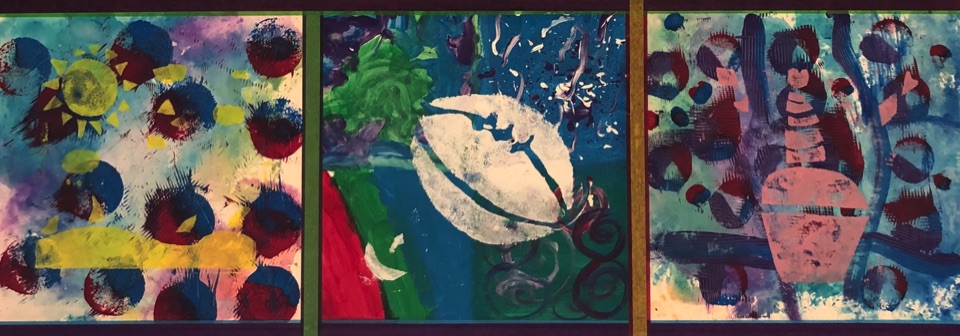My Art Education Philosophy
Early in my career, I cultivated a robust resilience and an ability to see challenges as puzzles while working as an editorial illustrator. When I married and started a family, I discovered the joys and difficulties of parenthood. I sought to find creative ways to support my children through their early childhood and adolescence. During my children's elementary years, I had an opportunity to be an artist-in-residence on mural installations and organize after-school art programs. These projects initiated an exciting shift and a new realization within me. Initially, I envisioned the after-school program as a place where students could connect in an environment where they shared similar interests and could explore new materials.
My coursework at Kutztown University of Pennsylvania, my early field experiences, and my first Student Teaching placement has since broadened and evolved these goals. Building my lessons based on enduring ideas gives students opportunities to discuss, create, and respond to each other's artwork and a foundation for lifelong learning experiences that promote divergent thinking cultivated through the Studio Habits of Mind. I encourage my students to embrace the process of creating and welcoming unexpected outcomes in their artwork, which often lead to more fulfilling resolutions.
Building a classroom climate that creates an equitable learning environment for all learners is so close to my heart. As I continue to study various theories and philosophies regarding classroom management, I find myself blending Jim and Charles Fay's— Teaching with Love and Logic with implementing restorative practices. My classroom climate approach fosters students' intrinsic motivation to make positive choices. Working with students over time to unpack challenging behaviors is vital to building solid bridges for meaningful student-to-student and student-to-teacher relationships. The hope is that these connections will produce a more equitable learning environment where the lessening of disruptive behaviors is intrinsically motivated. In my experience, this approach has proved to be very successful overall.
An essential core component of an equitable learning environment in the art room is recognizing works from women artists, artists of color, and culturally diverse men and women contemporary and historical artists. As an educator, it is my joy and duty to ensure that students see themselves in every lesson.
One of my greatest strengths as an educator is my desire to be a lifelong learner. I strive every day to cultivate a classroom community where each of my students has a voice and representation in the visual resources I provide, the books I read, the artists I share, and the lessons I teach. Each of my students will know that I care about them and have high expectations for their learning success.

Renée Williams-Erwin, Artist-in-Residency, Pop-Art Collaborative Mural Panels, Painted by the Students at Knapp Elementary, 2020